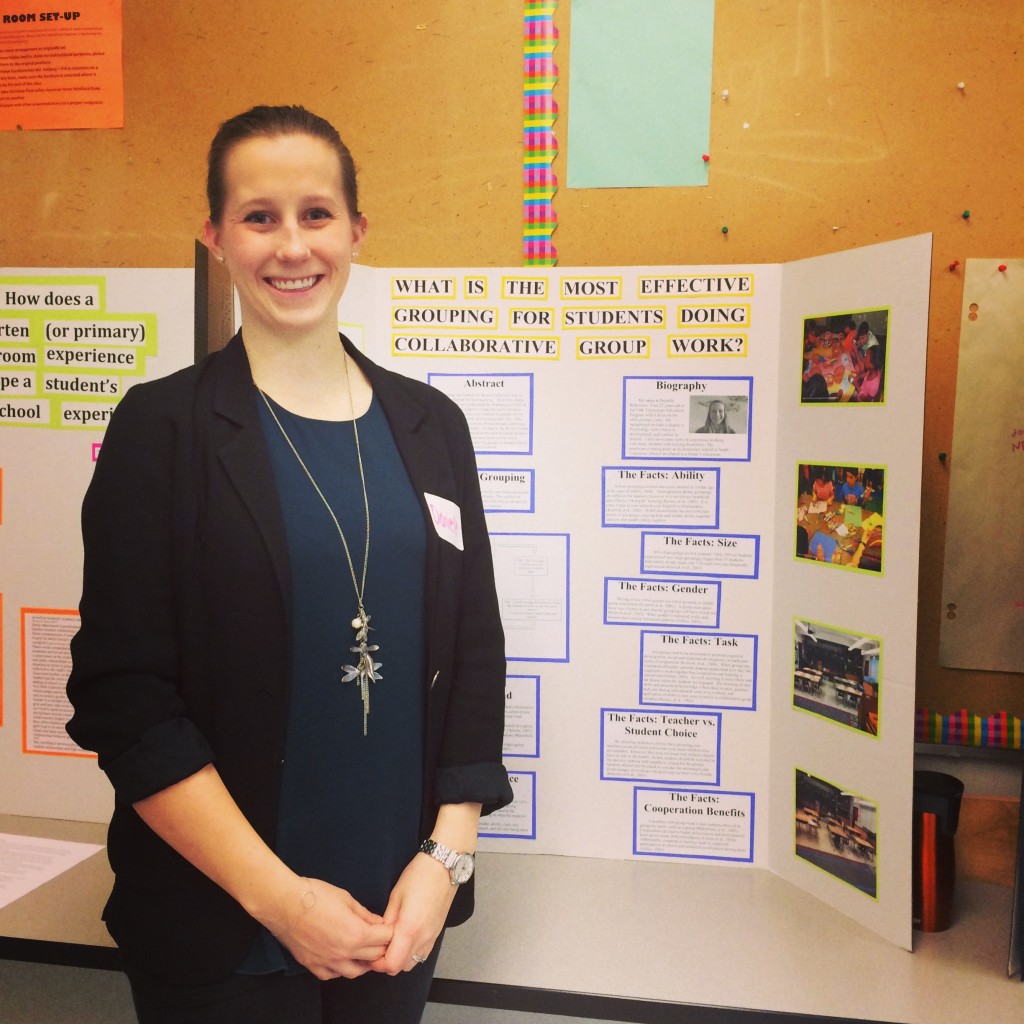UBC Inquiry Project
Abstract
Grouping our students in the most effective way is extremely important for their learning. However, many teachers either do not understand the importance of this or do not have enough support to make the most effective groups. We need to place our students in groups of 3-4 students with mixed ability and equal gender mix. This will provide the highest quality of educational experience for the students. Additionally, we need to be flexible in the changing of our groups based on the task the students have to complete. Educators also need to be careful when determining who should make the groups as student choice can lead to isolation of outsider students.
The Facts: Ability
School groupings assume that every student of similar age is the same (Crebbin, 2004). Homogeneous ability groupings are efficient for teachers; however, it is not always beneficial and effective for pupils’ learning (Baines, et al., 2003). It is often found in core subjects such English or Mathematics (Kutnick et al., 2002). Webb recommends the most efficient means of grouping is placing high and middle ability together and low and middle ability together.
The Facts: Gender
Mixing of sex within groups can either promote or inhibit group interactions (Kutnick et al., 2002). A group sizes grew, there was a better chance that the groupings will have mixed sex (Kutnick et al., 2002). When gender is balanced, males and females have similar interaction patterns (Gillies, 2003).
The Facts: Task
Groupings need to be structured to promote cognitive development, social and relational development, or particular forms of cooperation (Kutnick, et al., 2008). When groups are structured efficiently and that students understand how they are supposed to work together that cooperation and learning is maximized (Gillies, 2003). As well, learning is more likely and far deeper when the students are engaged. The learning of new skills and procedural knowledge is best done in pairs, practice tasks are best as individuated work or as a whole, and application of skills to new areas is best in a collaborative group situation (Baines, et al., 2003).
The Facts: Size
50% of groupings are 4-6 students. Only 20% of students experienced very large groupings, bigger than 11 students. Individuals, dyads, triads and 7-10 were even less frequently experienced (Kutnick et al., 2002).
The Facts: Teacher vs. Student Choice
By allowing students to choose their groupings can reinforce social divisions and isolate even more children who are outsiders. However, this does not mean that students should have no role in the matter. In fact students should be included in the decision-making with regards to criteria for the groups. Students should also be asked to consider the advantages and disadvantages of working with peers and not their close friends (Blatchford et al., 2003).
The Facts: Cooperation Benefits
A problem with group work is that students often sit in groups by rarely work as a group (Blatchford, et al., 2001). Cooperation can lead to higher achievement and motivation to learn across many different subjects (Tolmie et al., 2010). Additionally, cooperative learning leads to improved participation in school and enhanced socialization among peers (Gillies, 2003).
The Optimal Grouping
3 – 4 students with mixed ability and balanced gender is optimal across a variety of settings. The number of students in the groups change when the task given and the amount of adult support available changes. 
[My project during a UBC poster presentation]
Theory to Practice
I completed this inquiry project during my time at UBC before my 10 week practicum. I had the opportunity to implement the information I found into my classroom. I carefully created every group and changed the seating arrangements of the classroom. I looked at ability, size, and gender when I created groups for students doing collaborative work. Every time I created a group I planned ahead and made sure the ability level of the group was mixed and there was balanced gender. I never created groups larger than 6 because the students struggled to work together and include every person in their group. I also changed the set-up of my practicum classroom in order to better suit the environment. I created a U-shape with desks in the middle. I placed girls together and boys together. However, when asked to turn and work in a group there was a balance of boys and girls (2 girls and 2 boys).
